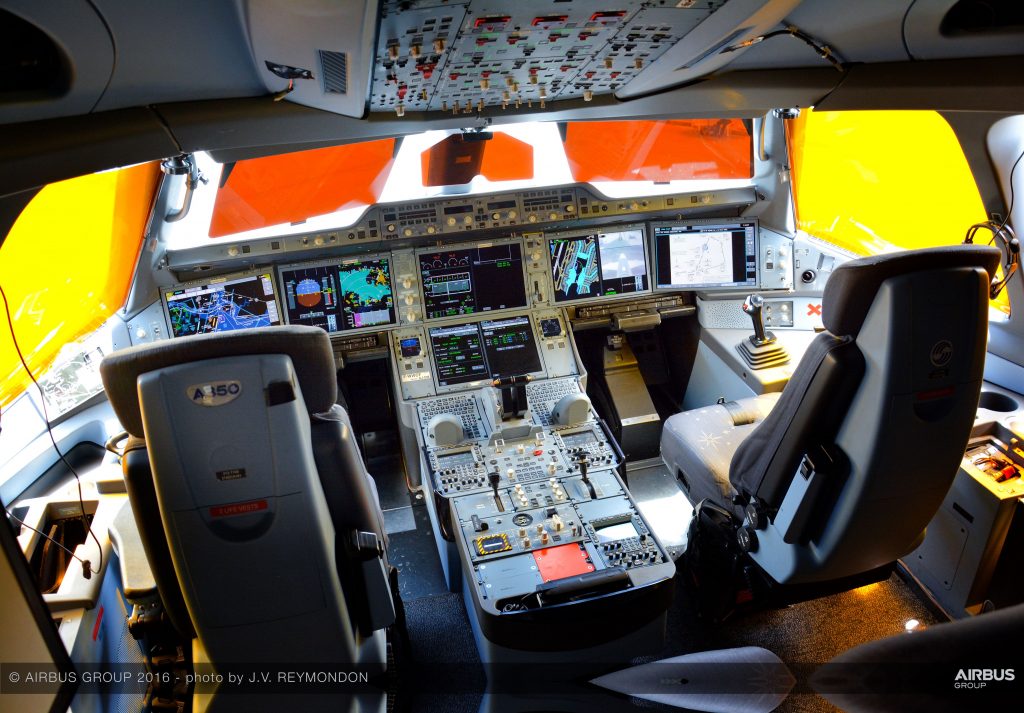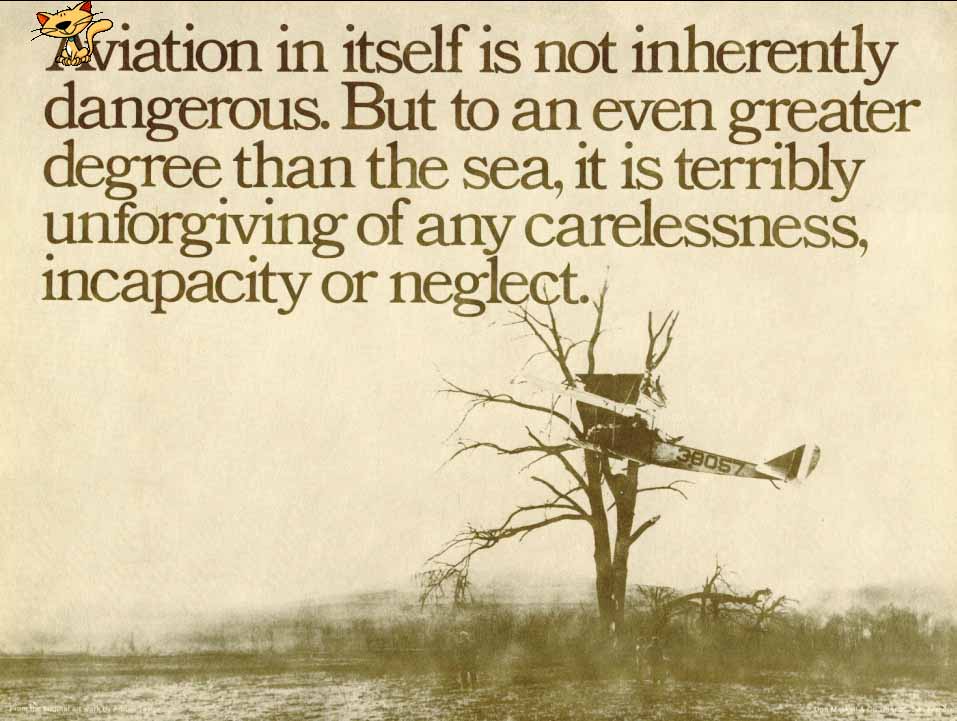I, Robert
A week can be a long time in politics, a lifetime in Silicon Valley, but rarely a significant period of time in the aerospace industry. Sometimes, however, there are exceptions.
Around mid-November an e-mail pinged into the inbox at FTN Towers with an announcement from Airbus that they are setting up a new Airbus China Innovation Centre in Shenzhen, widely considered to be the ‘Silicon Valley’ of China (it says here). The deal was witnessed by Paul Eremenko, a former Google executive and now Chief Technology Officer (CTO) of Airbus; amongst other exciting stuff it was said that the new centre would be spearheading a particular pet project – that for an autonomous airliner. In this instance, we think ‘autonomous’ means airliners that will fly with just one pilot, or even zero pilots, at the pointy end. It’s hardly surprising that a ‘Chief Technology Officer’ should be thinking in that direction, not least when the newspapers are full of stories about self-driving cars and every month or so there’s another company promising passenger-carrying pilotless drones in the next year or two.

It is a feature of those leading the march to new technologies that they want to make changes as quickly as possible and if the technology is ‘disruptive’ and rips up the established order of things, so much the better. This is all well and good when the result of getting things wrong may be that websites and apps don’t work as intended and crash more often than they should, or promised features don’t appear. Maybe these failings will get fixed with a new version or updated software, maybe they won’t. If the technology doesn’t work, generally the worst that will happen is that someone will lose money and there’ll be some disappointed customers (and investors) who can quickly move onto the next new thing – which is likely to arrive in a week or two.
Aerospace doesn’t quite work like that. The rules and regulations that surround new aircraft, and the technology that goes into them, ensure that a new design can take many years to go from drawing board to airborne. It’s notable that when Cessna recently announced its new SkyCourier twin-turboprop, there was some sucking of teeth at the forecast entry into service date of 2020 (ie just three years away). Yet even Cessna would probably admit that the SkyCourier design is hardly cutting edge – the PT-6 engines slated for the aircraft, for example, have been in service in one form or another since 1964 and something over 51,000 examples have been built.
Is this an example of the aviation business just being too stuck in its ways and resistant to change? An unscientific straw-poll at FTN Towers says not. The basic rules that govern the business of building and operating commercial aircraft have been evolving for over a century or so now and most major shifts in regulation have been driven by bitter experience, which is to be found written-up in accident reports and boards of enquiry. It’s difficult to think of any in-service commercial aircraft that has suffered a fatal crash in the last 20 years or so due solely to a basic design flaw (as opposed to faulty or poorly-designed components).
That said, even the technology in service in the current generation of airliners is hardly 100% faultless (or invulnerable). A US Department of Homeland Security (DHS) official told a recent security conference that in late 2016, a team of computer security professionals was able to manage a “remote, non-co-operative penetration” of the systems of a B757. In plain language, they hacked it. Experts tell us that the systems of latest generation airlines are more resistant to attack, and we sure hope they’re right, but there’s no denying that not just the airliners themselves but the entire aviation infrastructure that supports them is run by countless computers and billions lines of code. It would be naïve and complacent to assume that all these component parts of the system are foolproof and totally secure.
And when the machines fail, it is the humans who act as the last line of defence. It is a fact of aviation life than when pilots crash serviceable aeroplanes, headlines are made. When pilots rescue a situation caused by defective machines (including computers), the result is more likely to be a technical report little-known outside the industry. Many non pilots will know the basic details of Air France 447 or Colgan Air 3407. Almost no-one outside the aviation industry knows of Qantas 72 (and if you don’t either, it’s a report well worth looking up). In the final analysis, passengers understand that a well-trained and experienced flight crew will do everything within their power to ensure the safe conclusion of a flight because after-all, passengers and crew are all in the same boat (or aeroplane) together: they all want to arrive safely. There is no such empathy between passengers and computers.

So if technological progress can seem glacial in commercial aviation, maybe that is because the stakes are so much higher than in almost any other sphere of human activity. If a self-driving car malfunctions, it can probably be stopped by the roadside. Aircraft in flight do not have that luxury. A wise person (usually taken to be Captain Alfred Gilmer Lamplugh of the British Aviation Insurance Group) is supposed to have said in the 1930s:

Fare-paying passengers have the right to expect that every bit of the system they rely on to convey them from A to B has been rigorously tested and the hard-won lessons of aviation safety heeded. Airline pilots are not test pilots; passengers are not beta testers.
Just a couple of weeks after Paul Eremenko presided over the opening of Airbus’s new innovation centre, it was announced that he is leaving the company. There has been widespread press speculation that he had become frustrated with the slow pace of innovation in aerospace as compared to the fast-moving strategies of Silicon Valley. Whether or not that is true, many consumers will have experienced a common feature of cutting-edge technology from Silicon Valley: it doesn’t always work perfectly right away, and often requires updates and modification to reach an acceptable level of performance. Flying an airliner is rather different – if something goes wrong in the air, the one thing you can’t do is turn everything off and start again.
Most people with any life experience are careful before making too many forecasts about what is going to happen in the next few weeks, let alone in the years ahead. However, we’re going to stick our necks out and say that the era of pilotless passenger-carrying airliners is still some considerable way off. After-all, the first ‘autonomous’ cars in the modern sense were built in the mid 1980s – that’s more than 30 years ago dear reader – and mass production self-driving cars on public roads are still considered to be a number of years away. The vastly more complex business of flying an airliner is hardly likely to be any easier to hand over wholly to machines. We think it’s highly probable that even pilots just joining the airlines today will see out their careers to retirement rather than being made redundant by computers or robots in the next decade or two.
There is still a tendency to believe that any failings or faults in a system can be fixed by simply applying more advanced technology. Yet, if nothing else, the trends in airline safety should make it self-evident that the real problem is not that the technology needs to be more advanced, but rather that the interface between human and machine needs to be better. There have been too many instances of an unfathomable machine presenting its unsuspecting pilots with an unexpected situation. The aviation industry, and in particular the training sector, should be concentrating on helping pilots to make better use of the technology to hand, rather than trying to design the pilot out of the loop and out of the cockpit.
As we climb off our soap box, all those at FTN towers wish anyone who made it to the end of this piece the compliments of the season. May your skies be blue; may you keep the shiny side up when you want to; and may all your gadgets and gifts work straight out of the box.







